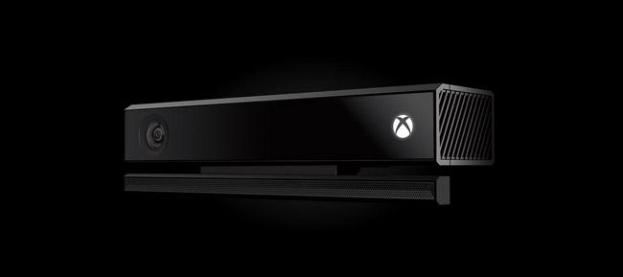
Forget about using your finger to navigate Windows 8. Next year, you could be using your voice or waving your little finger to tell your computer what to do … that is, if you have the new Kinect for Windows.
After coyly hinting that the Kinect will be coming to the PC “at some point down the line,” Microsoft confirmed yesterday that it’ll be bringing a variant of the Xbox One Kinect sensor to the PC in 2014. The Redmond-based company will actually be offering two different Kinects: one will be bundled with every Xbox One game console for gaming and entertainment, while the Kinect for Windows will be sold on its own so it can be used in completely new ways.
According to Microsoft, the Kinect for Windows will feature all the same improvements as its Xbox One twin. For example, the new sensor will have the same 1080p cameras that can track something as subtle as the movement of individual fingers, and will offer an expanded field of view so it can see you (and five others) even if you’re just a couple of feet from the sensor, which is a significant improvement over the Xbox 360 Kinect that needs about 6 feet of space before the cameras can detect you. These changes alone could make the Kinect for Windows a viable alternative to other gesture control peripherals like the $80 Leap Motion.
Unlike the Leap Motion device, the new Kinect also has voice control capabilities that is particularly good at isolating voices in a noisy room, so you can boss your computer around even while rocking out to your music. In addition, it can read your movements even with the lights off as the next-generation sensor is equipped with Infrared (IR). Other advances built into the new sensor include its ability to recognize faces, read vital signs like the user’s heart rate, and even track the user’s transfer of weight while in motion. (Check out our hands-on with the new Kinect to see how it really works.)
Microsoft believes the Kinect for Windows will “revolutionize computing experiences. The precision and intuitive responsiveness that the new platform provides will accelerate the development of voice and gesture experiences on computers.” The company will be opening up the platform to encourage developers and designers to come up with new ways for us to interact with our computers, likely during its upcoming BUILD conference set for June 26 to 28.
While we’re all for Tony Stark-like computer controls, we hope the Kinect for Windows will come in a way smaller package than the one for the Xbox One – and beat the $150 price tag of the current-gen Xbox 360 Kinect. After all, we can’t see how you can prop a clunky sensor on top of an Ultrabook, or justify spending hundreds of dollars on a cool but fun toy (at least for now). We hope the Kinect sensor will one day be affordable and small enough to be embedded into monitors and laptops, like the ones Microsoft showed off on its campus back in March.
Editors' Recommendations
- Microsoft brings an Xbox Cloud Gaming feature to Edge to improve visuals
- Windows 11 brings back a familiar ‘friend’ to accompany your PC crashing
- Microsoft brings Windows to the cloud with Windows 365 Cloud PC
- Microsoft’s updated Windows 10 design to bring curvy corners next year

